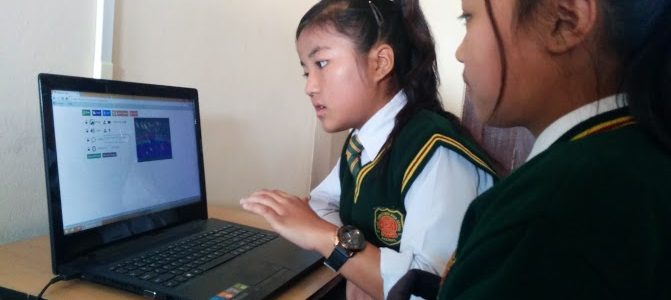The Story Pastiche through the Open Story Tool
A thread that binds all humanity is our abiding love for stories. The media sell us stories of war and corruption and hope, history books abound with narratives of past triumph and shame, our language textbooks were devoured for stories and our pocket money often went on books or on computer games that allowed us to identify with a character and enable him (usually him) to win.
Even the experts tell us that knowledge is better imbibed if couched within a story. Besides, telling stories frees us from the need to be solely factual, or wholly imaginative. We may weave in threads of fiction or fact, as we please, into the all-welcoming story.
Should not every communicative language classroom, then, allow for the creation of stories? Sorting through data in our heads, selecting a few key pieces, organising these cogently, presenting the whole, then revising to enhance impact – such a set of complex cognitive processes helps us carve out our own presence in the stories we produce. It helps us to better understand and represent our own identities: of self, or family, community or nation. Add in multimedia – visual and aural – and language acquisition becomes a wonderfully engaging exercise of task-based learning, in which production and reception are intertwined.
CLIx English, through its Open Story Tool (OST), allows our adolescent storytellers to compose text, image and audio into symphonies that express their evolving personalities no less than their ideas. This tool will soon be freely available under the Creative Commons license. An example of the OST being used in classroom trials may be found here. We would love to hear from you. Do leave us your comments, so we can begin to build our own stories.





Comments are closed.